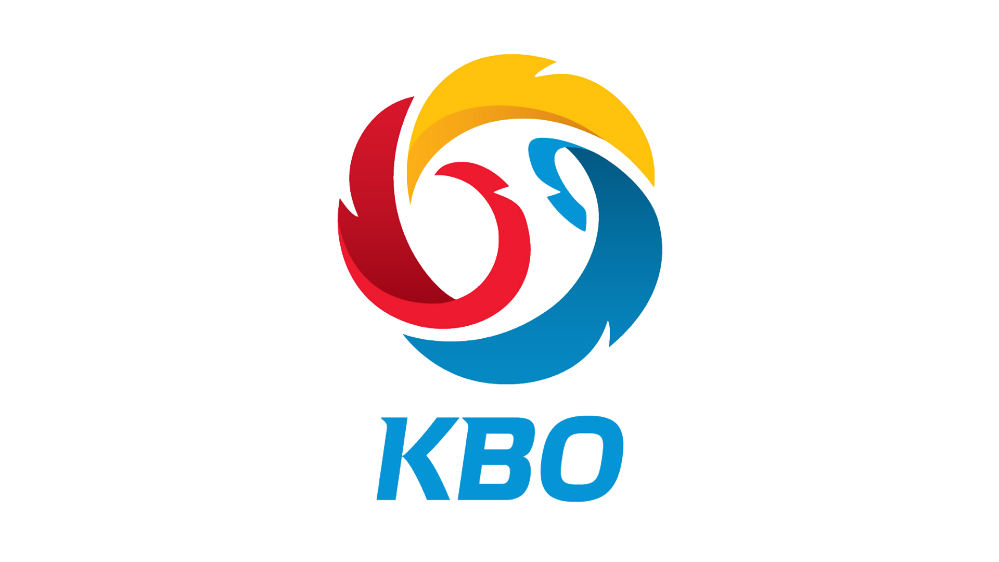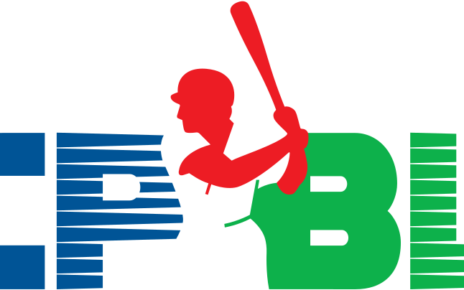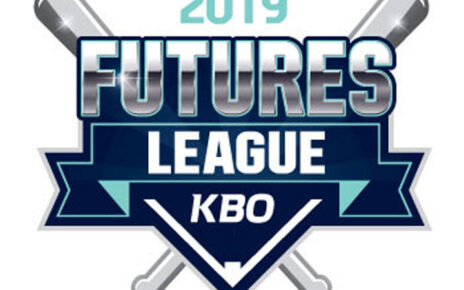Baseball is slowly coming back and that means it’s time to prime up the Korea Baseball Organization (KBO).
History
The KBO first saw action in 1982. For the most part, the KBO has had an uneventful history. Teams have come and gone, superstars have been made while others haven’t panned out. Korea’s premier league has managed to avoid much controversy and has simply plugged away year after year. Team names are from corporate sponsorships which are in line with the rest of baseball throughout Asia. Over the years the league has managed to establish itself as a force within South Korea. Massive stadiums are the norm and the stands are usually packed with rabidly loyal fans.
Format
The rules that the KBO operates under should be familiar to most baseball fans. The universal designated hitter is in effect and games are 9 innings long. Games can end in a tie; if a game is tied after 12 innings (15 innings in the playoffs) of play have been completed then the game is officially a draw. Outside of those rules, the actual in-game action isn’t any different from any other larger-scale league.
Roster construction is different in the KBO. Teams are only allowed to have three foreign players on the roster. Starting in 2020 all three foreign roster players can see action in the same game. A team’s actual roster size is 28, but only 26 active players for a game. This allows teams to rotate players in and out of the active roster on game day.
The 2020 season is still scheduled for the usual 144 game regular season. However, to accommodate the late start the season will now go until November, rainouts will be made up on Mondays, and doubleheaders will be used with the caveat that there will be no extra innings in doubleheaders. When it gets extremely hot come July there will be no more doubleheaders or games played on Mondays. Any playoff games that take place after November 15th will be played at a neutral domed venue.
One area where the KBO is very different is in its playoff structure. 5 teams make the playoffs. The wild card is between the fifth and fourth-place team. The fourth-place team starts the best-of-three series with a 1-0 lead. The winner of that series moves onto the first round where they face the third-place team. Usually, that would be in a best-of-five series, but due to a shortened season this year it will be a best-of-three series. The winner of that series advances to the semifinals where they face the second-place team in a best-of-five series. Finally, the winner of that series advances to face the first-place team in the best-of-seven Korean Series.
Level of Play
The scale,
ML
AAAA
AAA
AA
A
Rookie
Right on the cups is how I would best describe the level of play found in the KBO. There have been more and more KBO players who have found success in Major League Baseball over the past ten or so years. The level of play has steadily risen throughout the league. I have little doubt that within the next few years the KBO will be a AAA-level league and then eventually a AAAA-level league. At this time they are still a AA-level league. A very entertaining and talented AA-level league.
Teams
- Doosan Bears
- Hanwha Eagles
- Kia Tigers
- Kiwoom Heroes
- KT Wiz
- LG Twins
- Lotte Giants
- NC Dinos
- Samsung Lions
- SK Wyverns
Statistics
KBO statistics are rather easy to find. For the bare minimum, the KBO website has you covered. It is a mite difficult to navigate, and while their records do stretch all the way back to 1982 they don’t provide a lot of actual metrics. Baseball Reference has detailed records going all the way back to 1982. If you’re looking for more advanced stats then Statiz is the place to check out. The site has advanced metrics for the KBO dating back to 2014.
People to Follow
There are a lot of people who are good KBO follows. More folks have been popping up lately, but if you’re looking for KBO news, discussion, or history these are the three to follow.
Dan Kurtz – @MyKBO
Yoo Jee-ho – @Jeeho_1
Korean Baseball – @kballhistory
Websites
KBO (English) – @kbo1982 – kbo.official
Streaming
Streaming KBO games is always a nebulous issue. There have been a few different methods throughout the years that I have watched. As of right now, the 2020 season is scheduled to be available on Naver TV for free. That’s every regular season and playoff game streamed live for free. The only downside is that the games aren’t archived nor can any highlights be accessed. There is a mobile app for the service that works very nicely. MyKBO has a great guide on how to sign up for a Naver account.
Lead photo courtesy of Unknown – Unknown




